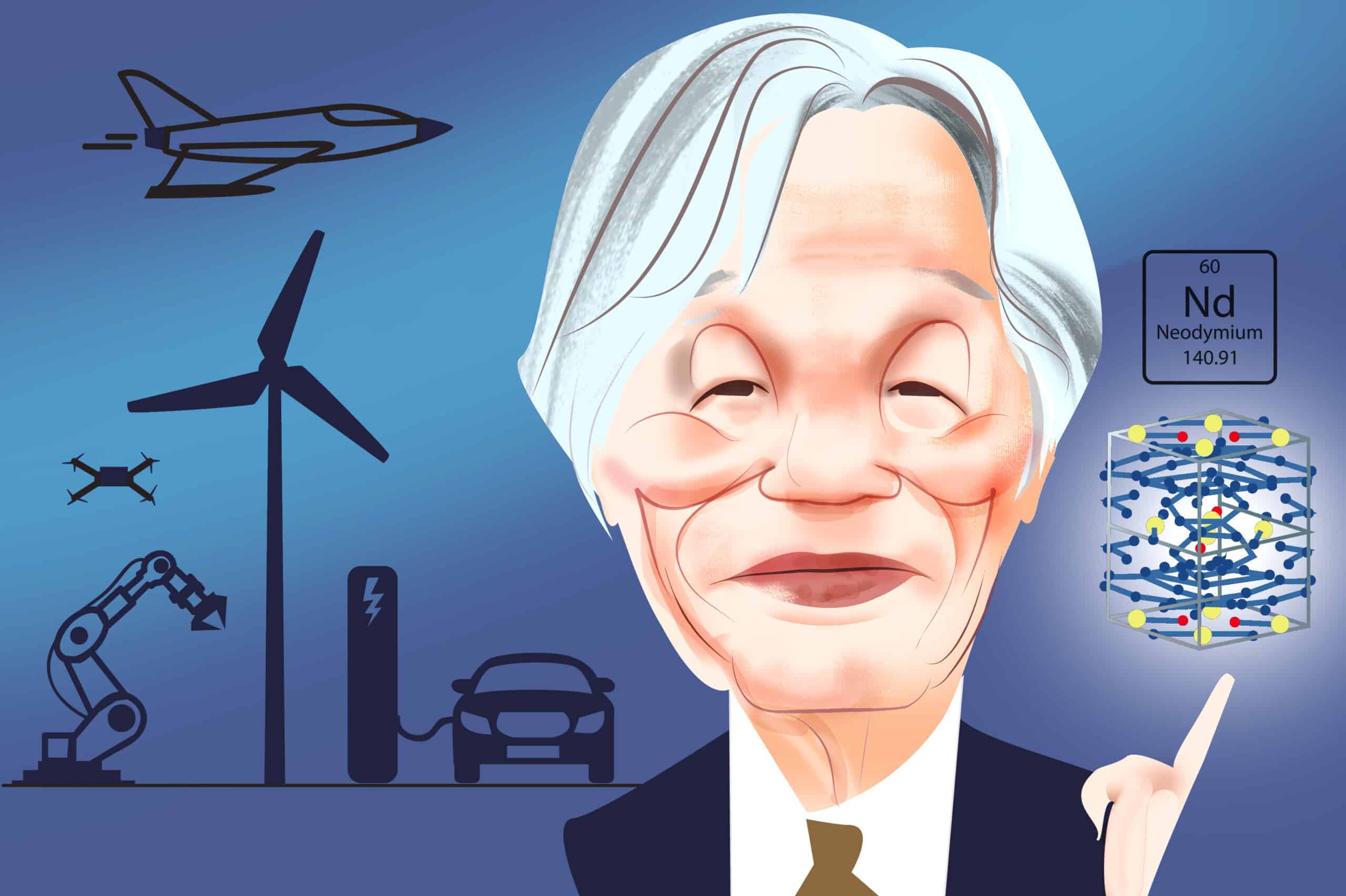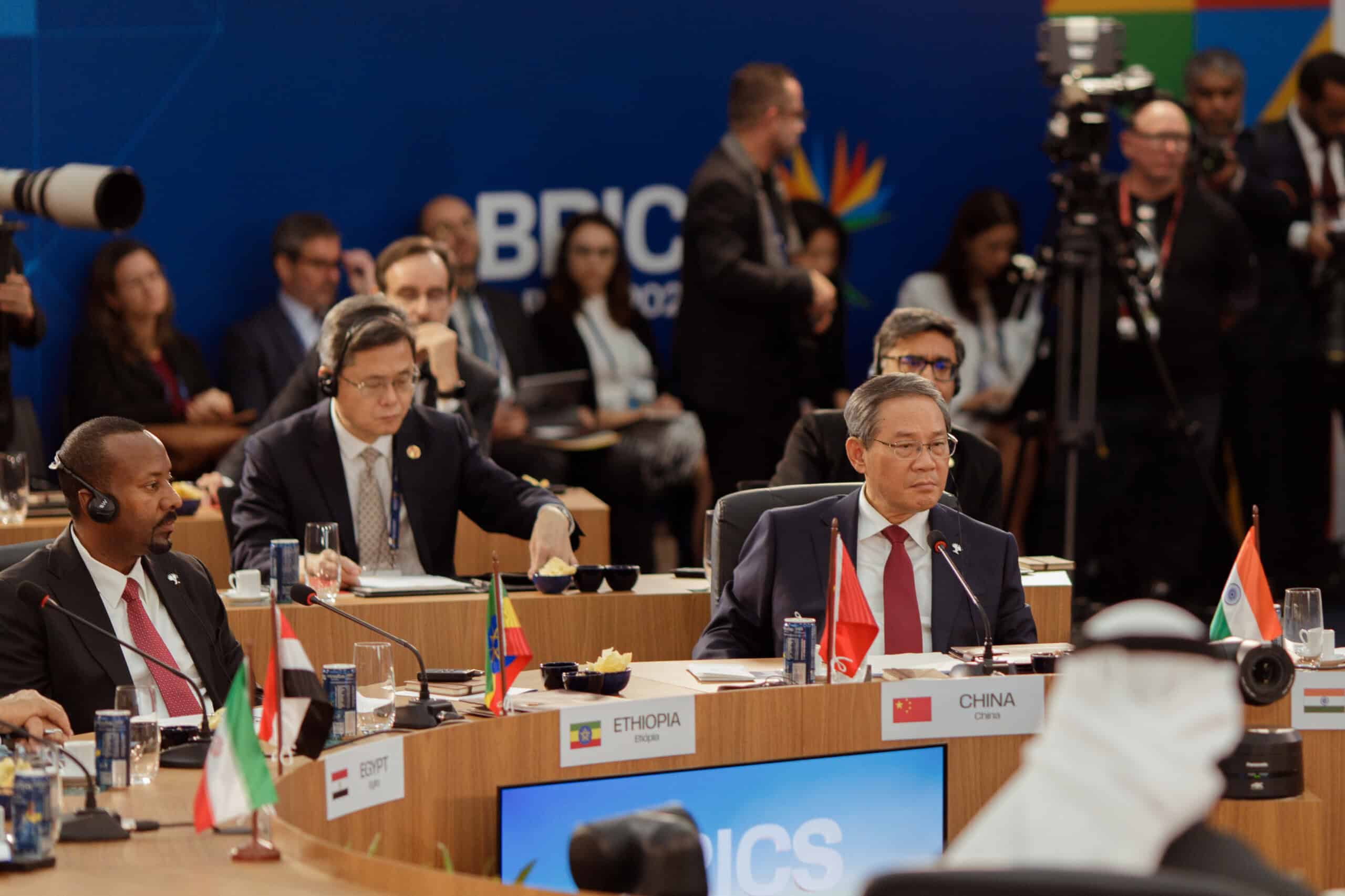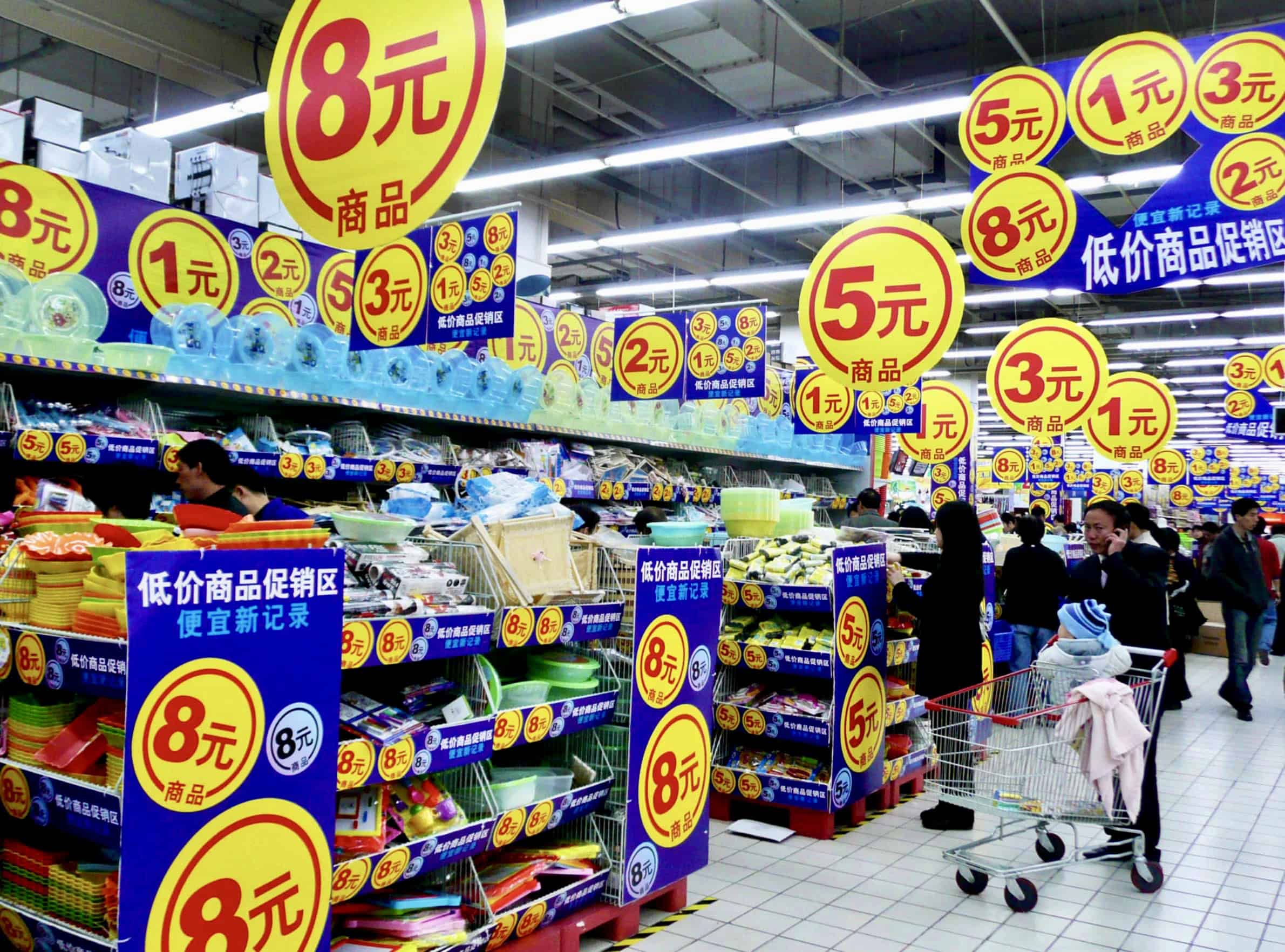Twenty years ago, Pietra Rivoli traced a T-shirt’s lifecycle from a cotton farm in Texas, to factories in China, and then to the backs of people all over the world. Her book, Travels of a T-Shirt in the Global Economy, explained how U.S. trade policies affect global supply chains. In the following interview, which has been edited and condensed, we discussed how those supply chains might change as the United States grows increasingly wary of products made in China.
Pietra Rivoli.Illustration
Navigate China's Business Landscape with Confidence.
- Gain visibility into supplier risks
- Easily manage trade compliance
- Conduct in-depth due diligence



